Buds on a Budget | Sports Bluetooth Earbud Showdown
Dustin Abbott
August 29th, 2016
Is the age of wired earbuds and headphones coming to an end? Many of the current rumors say that Apple is considering removing the traditional headphone jack from future itinerations of its iPhone, meaning that the world of Bluetooth headphones and buds is about to become a big deal. The concept of Bluetooth earbuds has always intrigued me, and I suffered through some of the early generations that didn’t really deliver on the promise of wireless buds that gave you comparative sound quality but without the hassle of tangled cords that get caught on things as you move. I have always been particularly interested in the concept of using these for sports, but most of the early Bluetooth models I tried suffered from two major sport-related issues, and another significant issue for video usage. The greatest of the sport related issues was that while Bluetooth sound delivery was often fine when moving around the house or on public transit, I found that most of them failed to deliver consistent sound when running or cycling. Sound tended to come in packets with gaps in between, and added frustration rather than motivation to my motion. Secondly was the fact that the Bluetooth buds tended to be more bulky (you’ve got to house that battery and receiver somewhere!), and thus they often didn’t seat very well for running and you wasted a lot of time trying to readjust them in your ear. The video issue was a common sync issue where words arrived shortly after the lip movement of the actor, a disconcerting phenomenon that tended to ruin the moment.
They were also expensive, which made their shortcomings even more frustrating. I’ve got a pair that I paid well over $100 on that I really despise. But a new day has arrived, and I am reviewing five different budget Bluetooth buds that can all be had for under $31…even here in Canada. Each of this is marketed by their various brands as being specifically for sports, and all of them claim some kind of resistance to sweat so that they can survive your workouts. We’ll also see if they sound decent, have fixed the sync issue, and if they live up to some of their claims.
If you would prefer to watch this review (and find out how to win a pair for yourself), take a look here:
Our contenders are three different models from SoundPEATS (the Q12, Q15, and Q20 models), one from Mixcder (Flyto), and finally one from Aukey (EP-B4). One thing I’ve noticed with these budget companies is that the specs for these models are not always consistently reported from one source to another, so I’ve primarily culled this information from each pair’s manual rather than an Amazon listing or their website. Speaking of Amazon: each of these companies tends to help build their reputation by giving out samples in exchange for a review, and those reviews tend to be a little extra kind because the reviewer wants more free stuff. And, in full disclosure, some of these were sent to me by the companies because they wanted me to review them, and some of them I bought myself. That’s the reason I’ve chosen to compare them rather than to review them each independently. My interest is seeing what is the best bud on a budget, and in particular for the active person these are marketed to.
First of all, let’s take a quick visual look at each set of buds and what is included:
Breaking Down the Numbers
So let’s take a look at those specifications:
| Model | SoundPEATS Q12 | SoundPEATS Q15 | SoundPEATS Q20 | Mixcder Flyto | Aukey EP-B4 |
| Price (Canada) | $30.59 | $30.59 | $30.99 | $25.99 | $21.99 |
| Bluetooth Standard | 4.1 | 4.1 | 4.1 | 4.1 | 4.1 |
| Working Range | 33ft/10m | 33ft/10m | 33ft/10m | 7m Outdoor/15m Indoor | 33ft/10m |
| Battery Life | 6 | 5 | 5.5 hours | 8 hours | 4.5 hours |
| Standby time | 150 | 155 | 180 hours | 4000 hours | 175 hours |
| Charging Time | 1-2 hours | 2 | 2 hours | 1.5 hours | 2 hours |
| Weight | 0.53/15g | 0.45oz/12.7g | 0.56oz/16g | 0.59/17g | 0.58oz/16.4g |
| Weatherproof? | iPX4 | iPX4 | iPX4 | Sweat and Splash Resistant | Sweat-proof |
| Warranty | 1 year | 1 year | 1 year | 1 Year | 2 years |
| Lip-Sync Lag? | No | No | No | No | Yes |
| Charge Port | Micro USB | Micro USB | Micro USB | Micro USB | Micro USB |
By and large the specs are quite similar. The price range is about $9 from cheapest to most expensive, and the Aukey EP-B4’s take the nod here (and it worth noting that they frequently go on flash sales on Amazon for even a few bucks less, making them a huge bargain). All of the share a few traits: they each use the Bluetooth 4.1 standard, they all share a standard Micro USB port (like your Android phone if you have one along with any number of other devices), and for the most part they claim similar working range. Most have a 1 year warranty (though there are ways to extend that by registering in most cases), but the cheapest option here (Aukey) actually takes another win for having a full two year warranty (and even adds the options of extending it by six months through registering). There is some variation in the battery life, with Aukey trailing at 4.5 hours while the Mixcder Flyto is out in front by a good margin with an 8 hour battery life and a staggering 4000 hour standby rating (that makes me wonder if it isn’t a typo as it is such an aberration from the norm). The Flyto also wins for the shortest recharge time (1.5 hours), making it the battery winner.
All of these are light, but the SoundPEATS Q15 is the featherweight at only .45oz/12.7g. The Mixcder is the heaviest, which makes sense as it sports the biggest battery. It is still light at only .59oz/17g.
All of these have built in microphones that will allow to take calls with them and the ability to remotely control your iOS or Android device to some degree. They all will show battery life on the screen of your device where supported (yes to iPhone, iPod Touch, and iPad, no to iPod Nano – my four devices).
All of these claim some moisture resistance as a part of their marketing as sport buds, but it is worth noting that only the SoundPEATS models offer up an actual iPX rating (a scale that rates how water resistant something actually is. The iPX4 rating on them means that they are rated to resist splashing water from any direction, which is all you need here. They are not waterproof, but they are highly water resistant. I give them the win because the other companies haven’t backed up their claim with a rating from a real scale (at least that I could find).
Sound Quality
While these are all budget buds, they don’t necessarily skimp on sound. All of them can connect to more than one device at a time (think so that you can still get calls while listening to a separate media device). It is at this stage that you need to consider your listening priorities, because what works best in a static, calm listening environment isn’t always what is best at the gym, running, or cycling. It comes down to preference, of course, but I personally prefer a little more aggressive sound (a little more aggressive bass) in that situation.
I will note at this stage that while I opened the Q15s to photograph, my intent is to give them away as a part of the video review, so I didn’t actually use them (I assumed that the winner probably didn’t want them either in my ears or for me to be sweating on them!) The SoundPEATS models claim both APTX (codec that allows for high quality sound) and CVC 6.0 (helps with noise cancellation) while also allowing you to be connected to two devices simultaneously. Surprisingly the two SoundPEATS models that I tested had a very different audio signature, and I highly preferred to the Q12’s. The sound was fuller and richer, with not only stronger base but better balance overall. When going from any of the other buds to the Q20s the sound seem a little “tinny”. All of the user reviews are very “gushy” over the sound quality, so either I got a bum set, people have a different standard that I do, or, mostly likely, the buds were a poor fit for my ears so that I didn’t get the full sound. The Q12’s were my overall favorites for sound, though, with a well-rounded profile in a variety of musical genres while also managing to have a really solid bottom end. They weren’t my favorites for sports use, though (at least not yet), for the reason that the tight fit results in a “thudding” sound from vibrations when either my feet strike the pavement or my bike goes over rough areas (more on my attempt to “fix” this in a moment).
The Mixcder Flytos were also quite good, though not as good as the Q12’s overall. They sport Bluetooth’s 4.1 + EDR (Enhanced Data Rate), which means it is very good at pushing information to the buds. They don’t claim to have the APTX codec or CVC 6.0, but the noise cancellation is still quite good. I didn’t find the low end as robust as the Q12s. These became my favorites for sports simply because they exhibited none of the “thudding” while running and gave nicely even sound even though I preferred the slightly richer sound of the Q12s overall.
The Aukey EP-B4 is the bargain here, but delivered a good sound for running and cycling with lots of bass and lots of volume. They have a very high sensitivity and don’t require turning your device very high to produce a lot of volume. The sound isn’t as nuanced, though, and is a little bass heavy and lacks some of the dynamics of the Q12s for normal listening. I’ve been using these for running and cycling for several months, and my chief complaint with them has really only been about the short battery life.
Comfort and Stability
Fit and comfort within the ears is a big deal. All of these come with a variety of difference size ear pieces to help with fit (the least number is the four included with the Flyto’s, Aukey’s, and the Q12, while the Q15 has six and the Q20s have 8). Most also included either extra earhooks or even different styles to help get a more secure fit. Swapping out the standard ones has helped me improve the fit of my Aukeys. Only the Mixcder Flyto’s did not include additional earhooks, but fortunately I found the standard ones fit well.
I found the Q12s to have the best fit for me, followed by the Flyto’s and Aukeys (a little more bulky). My ear canals got sore more quickly with the Flytos vs. the Q12s despite a roughly similar shape. The square shape of the Q20s did not work with my ears at all, though my wife found them fine. The Q15s look very similar to the Q12s, and I would anticipate a similar fit.
If you struggle a bit with discomfort, consider investing in some memory foam earbud tips. Many find these make a big difference in overall comfort.
I found that I could set up a very stable fit for athletics with the Q12’s and the Flytos, and after changing out the earhooks on the Aukey’s I’ve got a more stable fit, too (though not at the level of the first two). The odd shape of the Q20s for my ears make them a poor option, though most user reviewers seem satisfied. Your mileage may vary. For the most part, however, gone are the days when Bluetooth earbuds just didn’t stay seated in your ears while running. The combination of earhooks, lighter weight, and properly utilizing the [usually] included shirt clip make keeping them in place while doing athletics fairly easy.
Sync Issues?
I’m happy to note that most of these have solved the lip sync/delay issue that plagued earlier generation of buds. I looked very closely with the SoundPEATS model and could not detect even a hint of delay. The Flytos performed similarly well. The Aukey’s? Ouch. Epic fail here. The lag was easily detectable without even looking for it.
Bluetooth Signal Strength
Outdoor Range Test: I used the same device (iPhone 6) placed in a static position and then began walking away from the device with each one. Only one disappointed me (the SoundPEATS Q20), which fell a bit short of its stated range. In my test, however, the three others actually exceed their stated range by a good margin. The Aukey EP-B4 nearly tripled it, and the Mixcder Flyto’s weren’t far behind. The other SoundPEATS buds (the Q12) worked out until nearly double its range. In this test, however, there were very obstacles to interfere, so it is important to remember that there are any number of factors that can impact the signal range. But here is the order of victors for the outdoor range test.
- First Place: Aukey EP-B4
- Second Place: Mixcder Flyto
- Third Place: SoundPEATS Q12
- Fourth Place: SoundPEATS Q20.
Indoor Range Test: There are even more factors that can interfere with range indoors, including competing wireless signals, number of walls (and their composition) flooring, etc… For example, my home has an addition, so one of the interior walls was originally an exterior wall and is pretty much a guaranteed signal killer. For this test I set the iPhone on the floor in a central location and then walked a preset route both on the same floor and then door stairs after giving each bud a chance to sync up and buffer. The grouping results are a little tighter than the outdoor test, though the Q20s still bring up the rear of the pack. It cut out sooner than the others, and stuttered more at the difficult transition zones. Surprisingly (after their amazing outdoor performance!) the Aukey EP-B4’s were essentially tied with the SoundPEATS Q12’s, though I give an edge to the Q12s for slightly fewer cutouts. The tops here (though not by a big margin) were the Mixcder Flytos, which stayed the most confident over the indoor circuit, and even gave decent sound beyond the exterior wall so long as my head was in the right direction. Here are your winners.
- First Place: Mixcder Flyto
- Second Place: SoundPEATS Q12
- Third Place: Aukey EP-B4
- Fourth Place: SoundPEATS Q20.
Odds and Ends
I’ve ragged on the Q20s a bit, but they do have one really cool distinguishing feature: magnetic control. Not only do the backs of them attach together magnetically (the Q12s also do this to a lesser degree), but the Q20s will automatically power down when “clipped together” magnetically, and automatically power on (and sync) when pulled apart. Once pairing is complete they always seem to be synced and ready to use by the time I get them to my ears. Pretty cool (now only if they fit right in my ears!)
One intrinsic advantage (particularly for cyclists) with the Aukey’s is that all of the controls are located on the right bud rather than in line somewhere. The inline controls sometimes get hidden behind your chin strap on your helmet, but having the controls in the bud mean that they are always easy to find and rarely hidden underneath something.
All of these have a charging port somewhere, and most of them are kind enough to give you a little nub of something to grip when trying to open the cover. The Aukey’s don’t, though, and it is next to impossible to pry up the little cover without a tool of some kind. The Q20’s charge port (for some reason!) is not located on the inline control but rather in the right ear bud…underneath the earhook! It’s not a huge deal, but you do have to move the earhook each time to access the port, and then put the earhook back in place afterward. It’s a little more fiddly than what it seems, too, as situating the earhook back properly requires a little trial and error.
All of these come nicely packed, and most of them come with nice padded cases to store everything in. The Aukeys come off a little cheap in this department, as they have only a drawstring pouch with a somewhat odd shape that makes it difficult to stuff the buds into it. My favorite case belongs to the Flyto, as it has a cute oblong shape with the addition of a carabiner to clip onto something.
Picks and Pans for Each Set
SoundPEATS Q12 –
- Praises:
- Nice fit out of the box. The soft, rubberized ear hooks seem to keep the buds anchored nicely. I didn’t feel like they shifted or loosened over the course of a nearly 30K bike ride.
- Noise isolation factor very strong (too strong for athletics)?
- The Q12’s were a quick favorite for me and other family members for for their fit; not only the shape and angle of the buds themselves but the great design of the ear hooks.
- Sound quality is very good. Strong bass support, but also a fairly nuanced sound. Good musical performance along with an engaging soundstage during videos.
- While it lacks the magnetic control (auto on/off) of the Q20s, they do have magnetic backs that will snap together if you want to dangle them around your neck.
- I looked very carefully but could not detect any lag between lips moving and the audio in movies. This is important if this is one of your purposes of using the buds.
- Buds come nicely presented and have a very nice protective case.
- There is a little nub on one end of the charge port cover that makes it [relatively] easy to access.
- I prefer the cord length of the SoundPEATS buds to some others. It is a couple of inches shorter, which leaves less cord to flop around when moving.
- Criticisms:
- The downside of the exceptional fit is that vibrations during sporting activities seem to transmit through the buds. Vibrations come through them as a low thrumming. When I was riding over rough pavement I had a lot of distracting thrumming in my ears.
- This thrumming was even worse when running. Each footfall seemed like a thump in my ears, and the music level dipped accordingly. I wore each set for a three kilometer run/section of a run as a comparison, and I wanted the Q12’s out of my ear before I had gone half a kilometer.
- I’ve order some memory foam earbud tips in hopes they might correct this issue, but in the meantime I stole some of the “double-tips” earpieces out of another kit and it helped a fair bit.
SoundPEATS Q20 –
- Praises:
- Unique claim to fame is the magnetic control. Not only do the magnetic backs snap together so that you can dangle them from your neck, but has a very useful use. When they are magnetically snapped together the buds will automatically power down, and when they are pulled apart they will automatically power on. This allows for a very quick connection, and if they are already paired you can be in action more quickly and conveniently than any of the other options.
- Has a really fantastic presentation (my favorite of them all). The box looks like it belongs to a much more expensive piece of kit and is surprisingly elegant. The padded protective case inside for the buds themselves (this is standard for the SoundPEATS buds) is very nice.
- I looked very carefully but could not detect any lag between lips moving and the audio in movies. This is important if this is one of your purposes of using the buds.
- Criticisms:
- The unique shape of these buds (square) makes them my least favourite fit. I tried a few different ear cups (a number of different combinations are included) and got a decent fit for my ear canal, but the square shape never really felt like a natural fit.
- The Q20’s had a surprisingly different sound profile to the Q12’s. They didn’t have as strong a bass response, and while the highs and mids are clean I found I missed the low end performance, particularly for sports use. When moving from other buds to the Q20s the sound felt a bit tinny by comparison.
- Unlike other SoundPEATS buds, the charge port is not in the inline control but rather in the right earbud. It is covered by ear hook on that bud, however, and has to be moved to access the port and then refitted afterward.
- Battery life lags a little behind the other SoundPEATS buds.
Aukey EP-B4 –
- Praises:
- The EP-B4 surprised me with their sound quality and volume. Bass response is strong and aggressive, and while the sound may lack nuance for other applications, it is great for running or cycling. They need less volume to produce loud sound than others.
- I like having the controls in the buds themselves as opposed to having a separate control module in the line between the buds. You always know where to find the controls, and, unlike the other buds with the inline module, it doesn’t get lost in the chin strap of your helmet.
- The Bluetooth signal is good and strong. I’m always surprised by how far I can stray from my phone or iPods without it switching off.
- Unlike the others, I have used the EP-B4s for several months (frequently while running or cycling) and haven’t had a moment’s issue with reliability.
- Criticisms:
- Battery life is pretty short (this may the potential tradeoff of having the controls in the earbud itself).
- While the battery life shows up on the device, it can’t always be trusted. It will quickly go from halfway to an annoying message that repeats every few seconds that you need to recharge the battery.
- The ear hooks don’t quite hold it secure over the course of a run, and I find that I periodically will need to adjust the buds over the course of the run, particularly when I start sweating.
- During movie use there was a noticeable lag between lips moving and sound that wasn’t present with the SoundPEATS or Mixcder buds.
- Accessing the charging port is difficult without some kind of thin bladed tool to pry open the rubber cover of the charge port. The tight seal is nice for waterproofing, but it would have been nice to have a little nub to grip to raise the cover.
- The Aukey buds suffer by comparison when it comes to the included case (or lack, in this case). The EP-B4s come with a “suede” textured drawstring pouch that offers little protection value.
Mixcder Flyto –
- Praises:
- Comes in a nice box with a look much like the box a bottle of cologne might come in. Has a nicely padded oblong case that is compact and in an extra nice touch has a little carabiner that will allow you to clip it onto something.
- Buds have a small enough profile that they look pretty much like normal wired buds.
- The ear hooks are nicely shaped and produce a really secure fit in the ear. I completed a whole sweaty run without needing to readjust them once.
- I like the fact that the middle button (Play/Pause/Receive Call) has a different shape than the other two buttons and is more easy to identify by touch than some of the other buds.
- Sound is nicely nuanced. Bass response isn’t overly aggressive, but neither is it lacking. It is solid and well integrated into the mix. The sound is balanced…for conventional listing. While running I missed the more obvious punch of the Aukey’s or the Q12s (minus the thudding, of course).
- Battery life is tops for our comparison here, with a nine hour “talk time” and 8 hour music playback time.
- Criticisms:
- The cord is thinner than the “lay flat” cord on most of the buds, and as a result feels a little flimsier though perhaps easier to hide under things.
- During sports use a more powerful bass response is missed, but the consistent sound output is appreciated.
- Fit for my wife’s ears were not as good.
Conclusion
I’m left to conclude that while all of these are surprisingly strong performers for the money, none of have everything. I’d like the battery life of the Flyto’s, the sound quality of the Q12s, the in-bud controls of the Aukeys, and the magnetic control of the Q20s. But you can’t have everything, and so I’m going to give the win to the Q12s for multipurpose use and to the Flytos for actual sports use. If it weren’t for the thudding in the Q12s they would be my top pick there, too, but my hope is that the memory foam tips will help solve that problem and my borrowing the tips from another kit has already helped somewhat. My lone disappointment here is the Q20s, which underperformed in too many categories to get my recommendations. I finish this comparison encouraged, though, because all of these outperform older generation buds that I paid a LOT more money for in the past. Buying buds on a budget isn’t really a hardship anymore!
Want to shop for any of these?
DISCLAIMER: This article and description contains affiliate links, which means that if you click on one of the product links, I’ll receive a small commission. As an Amazon Associate I earn from qualifying purchases.











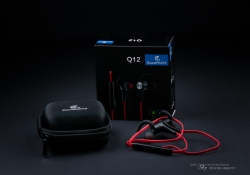
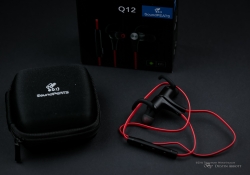
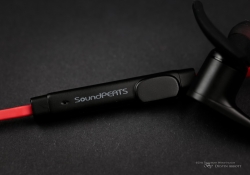
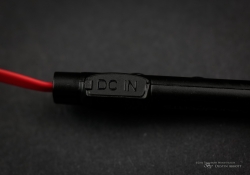

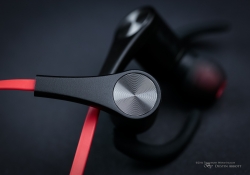

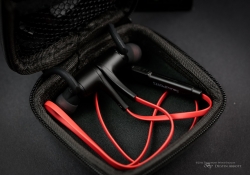

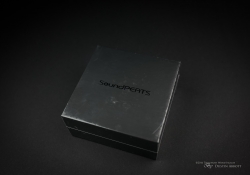

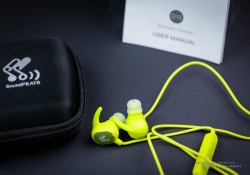
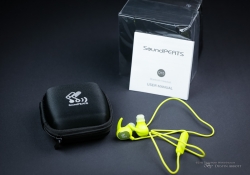

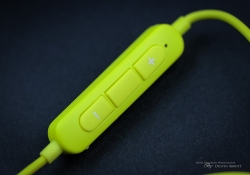
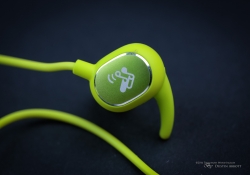

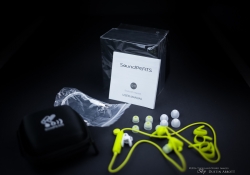
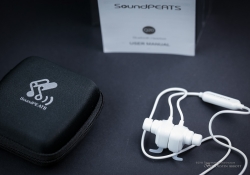

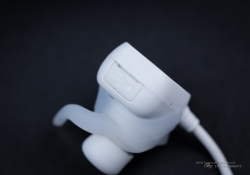
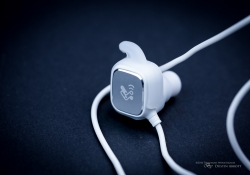
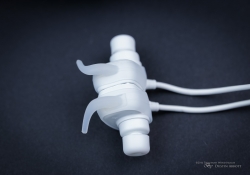
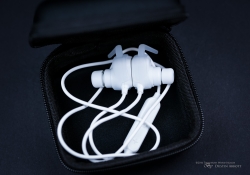
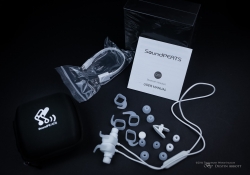
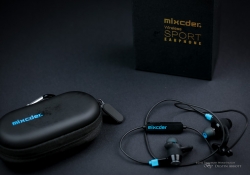
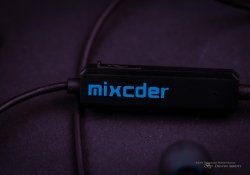
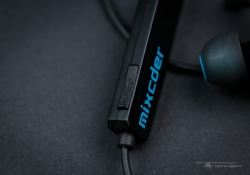

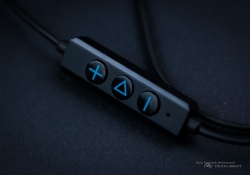

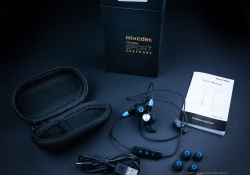
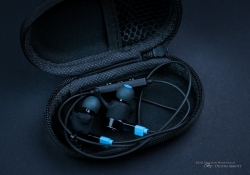
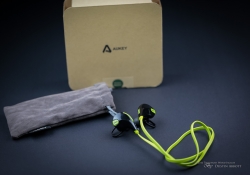
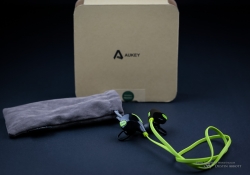
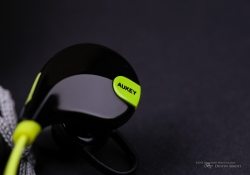
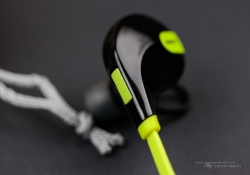
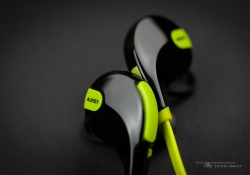
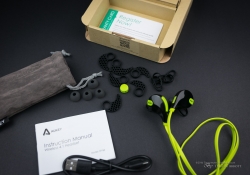
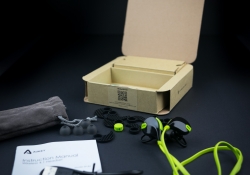
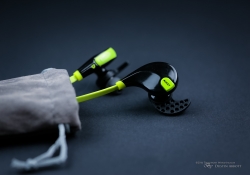
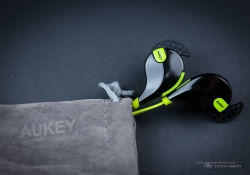
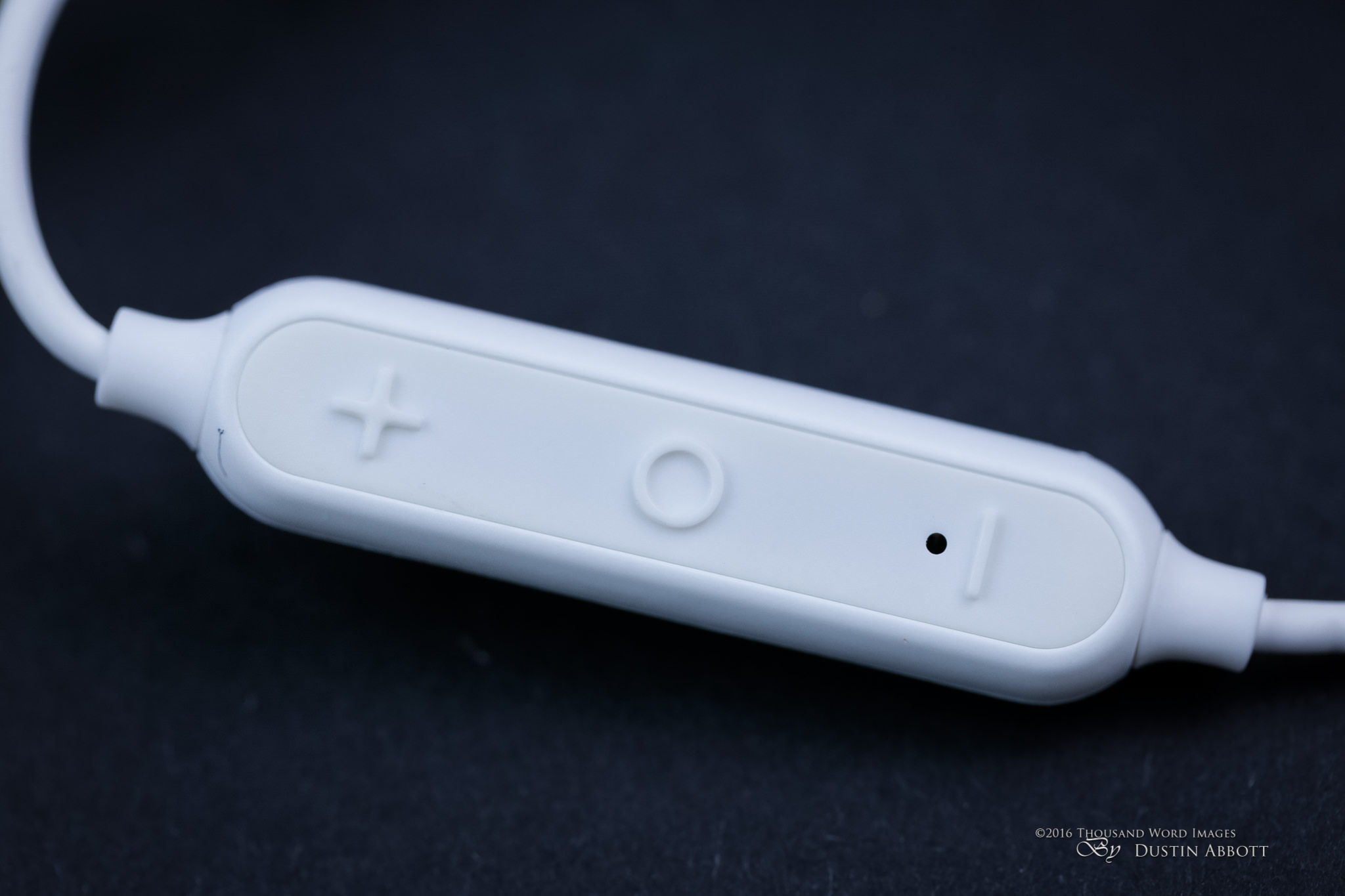
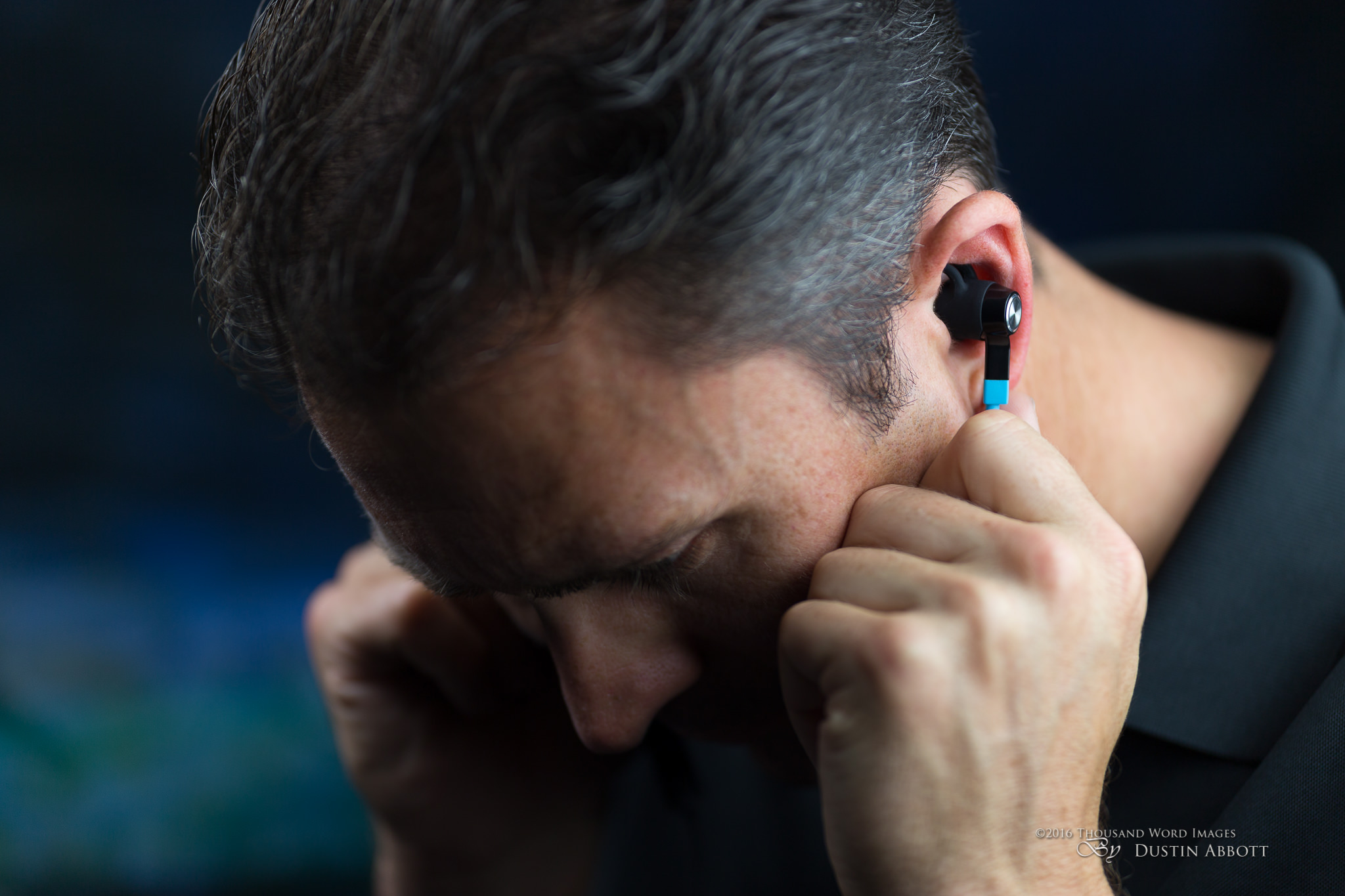

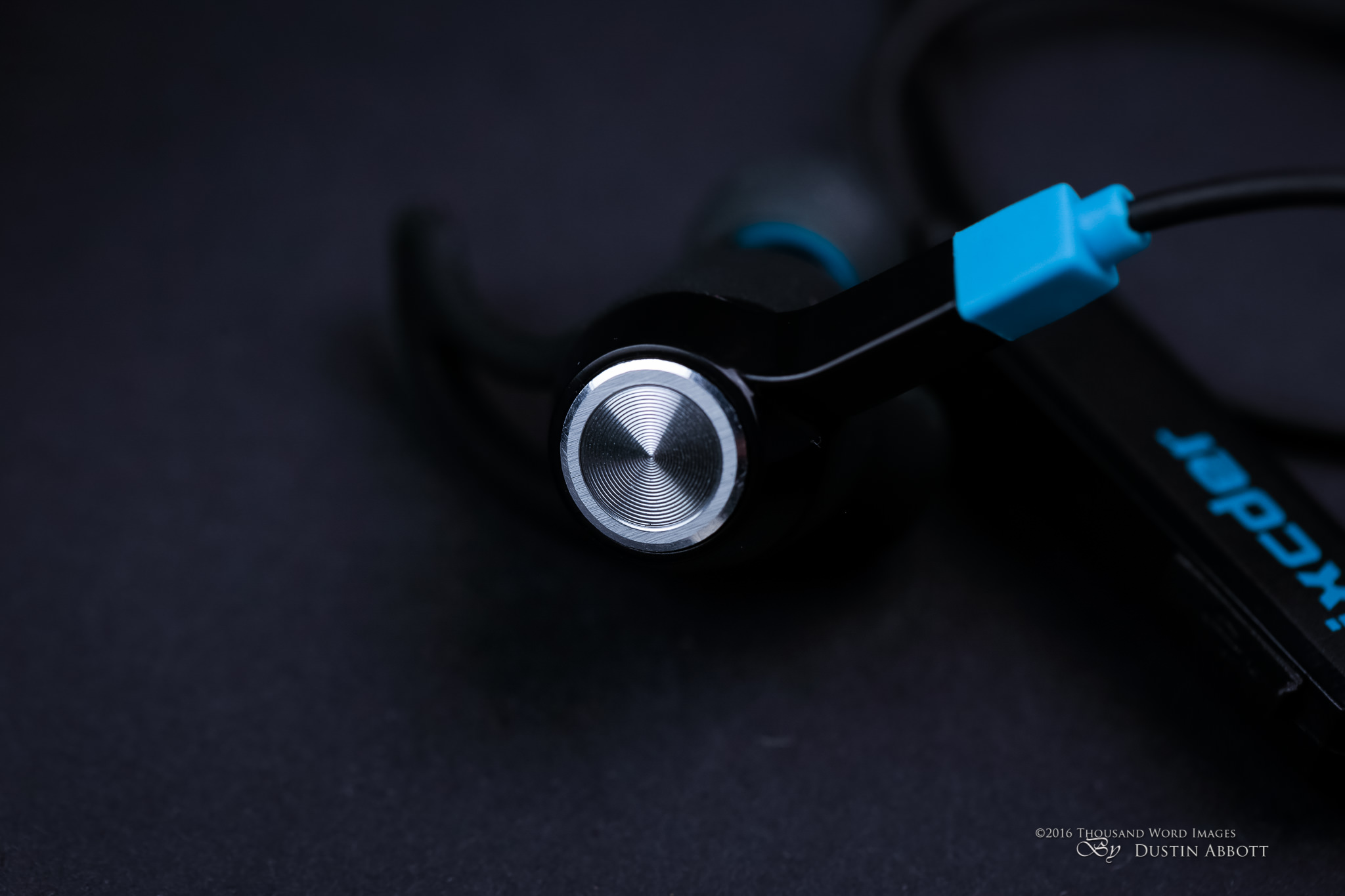

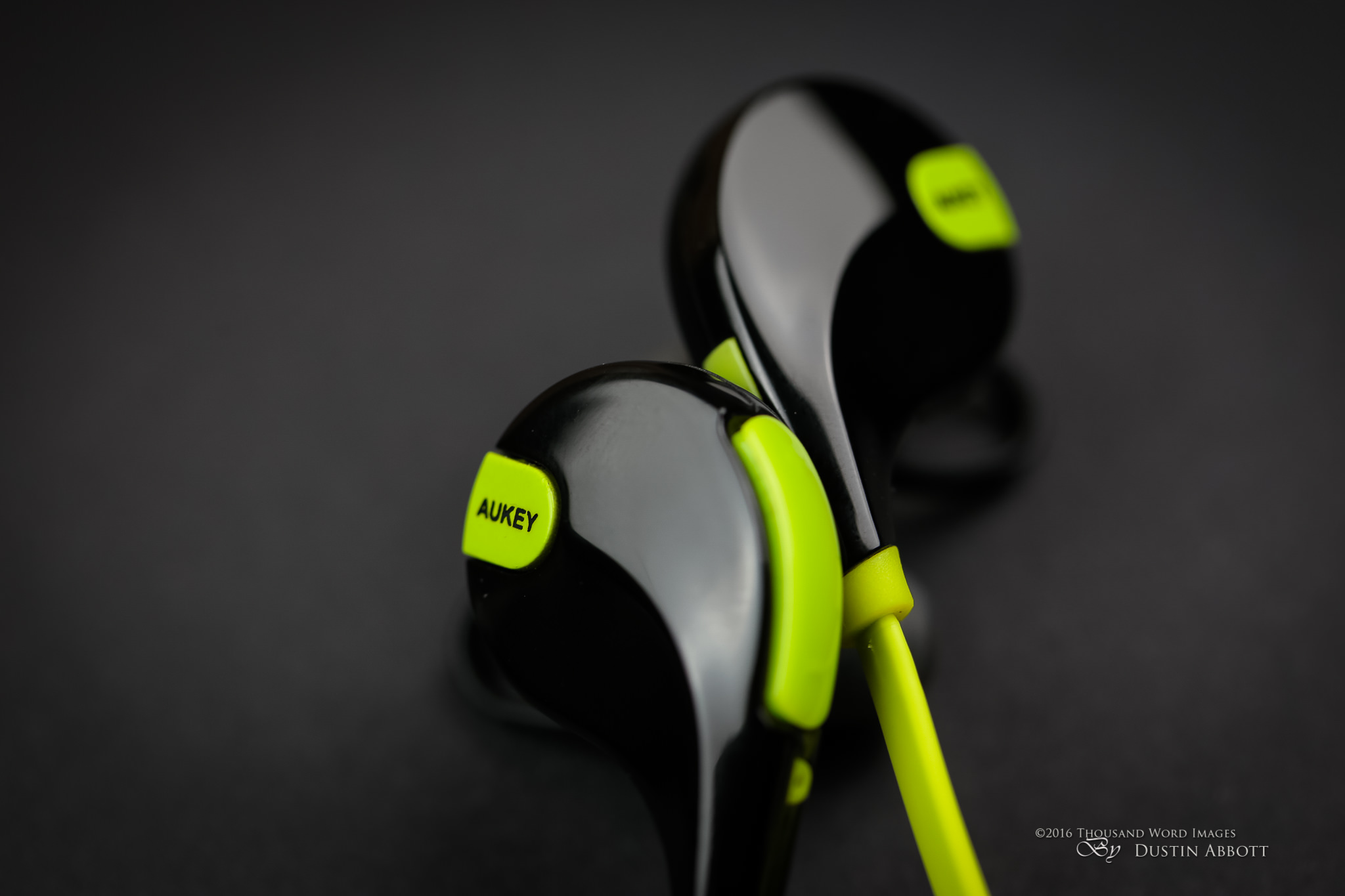
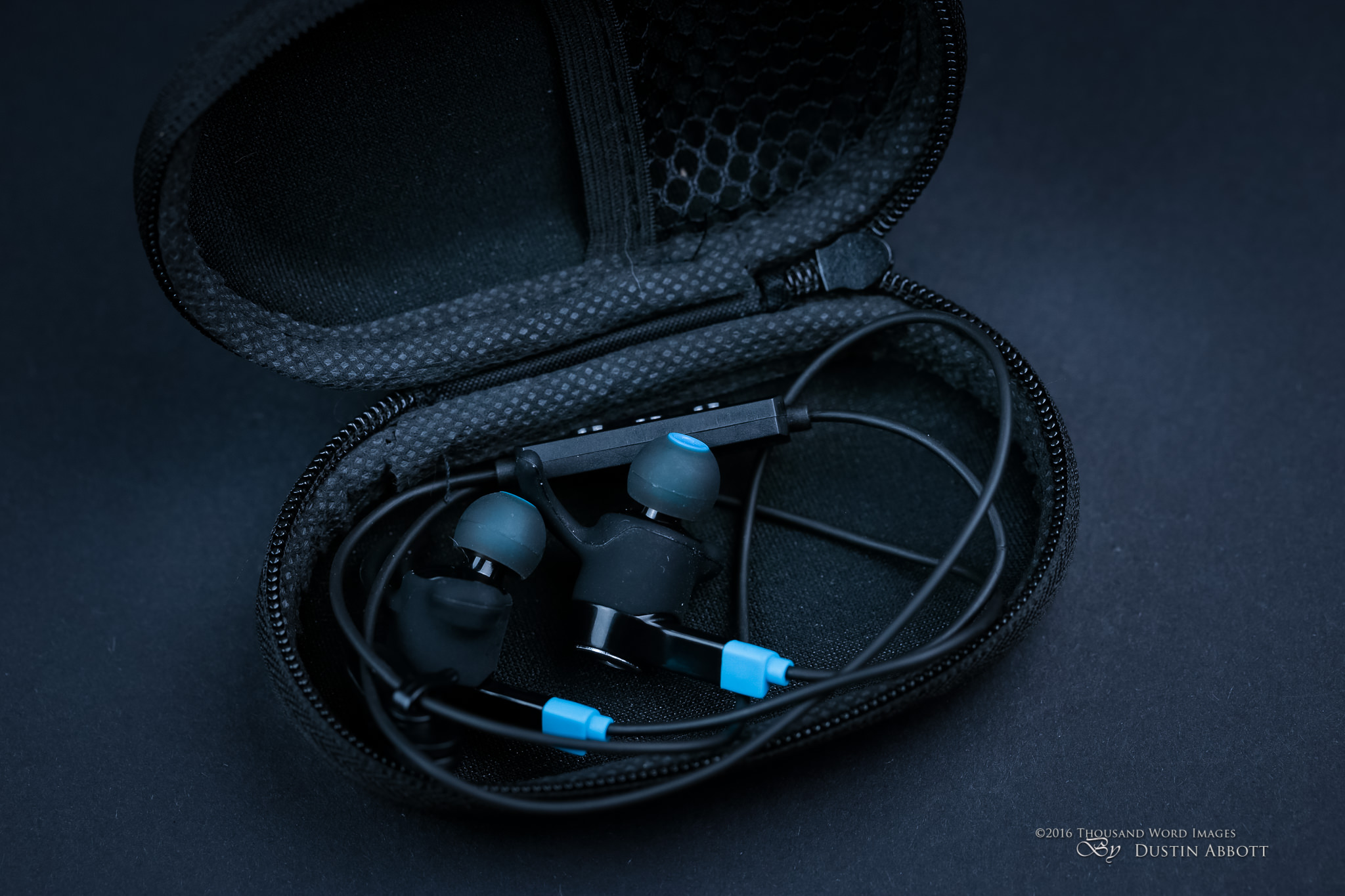
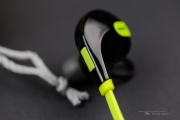




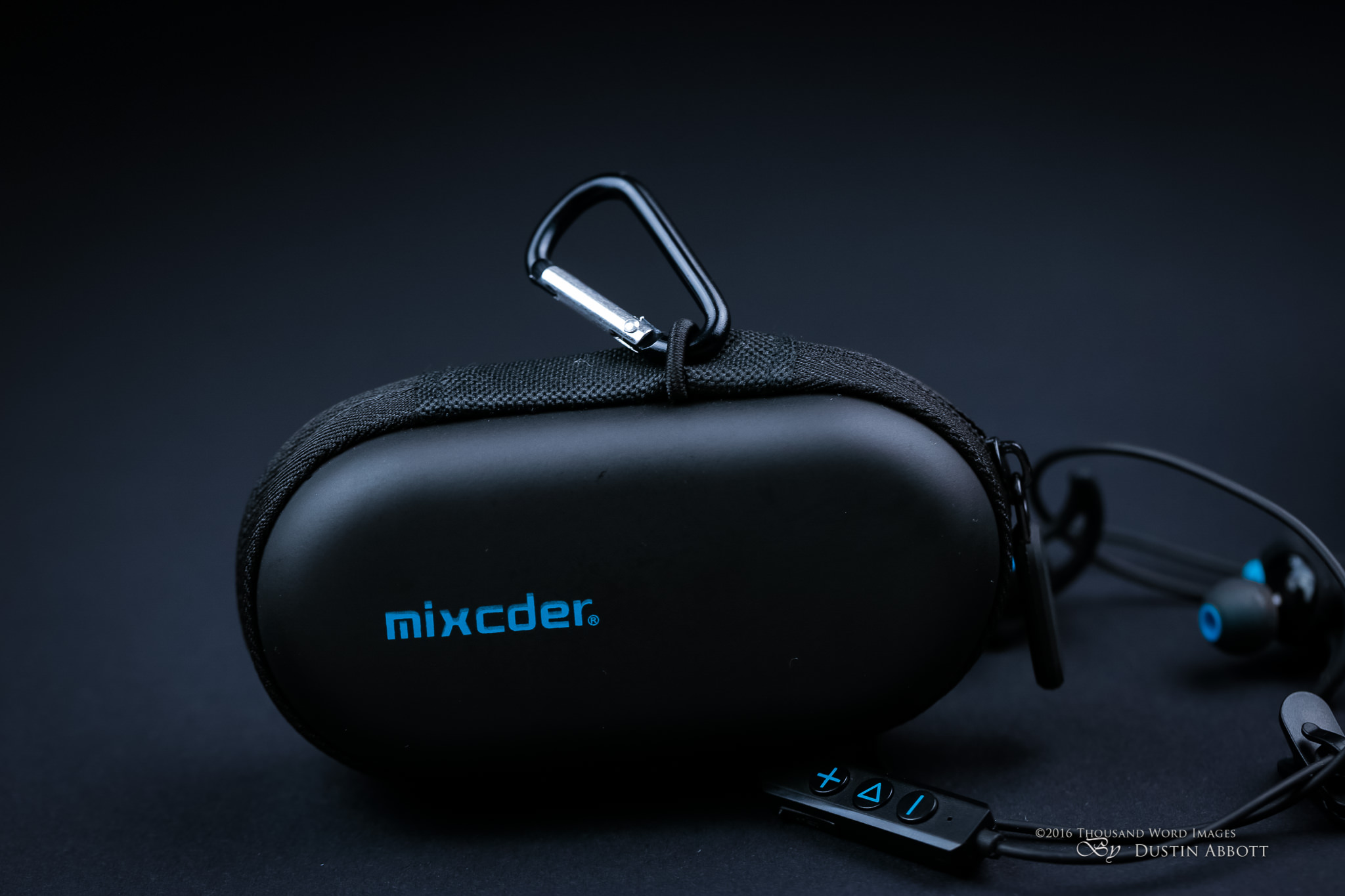

 TTArtisan AF 56mm F1.8 X-mount Review
TTArtisan AF 56mm F1.8 X-mount Review  TTArtisan AF 56mm F1.8 Gallery
TTArtisan AF 56mm F1.8 Gallery  Canon EOS R8 Review
Canon EOS R8 Review  Fujinon XF 18-55mm F2.8-4 LM OIS 40MP 2024 Review
Fujinon XF 18-55mm F2.8-4 LM OIS 40MP 2024 Review 




